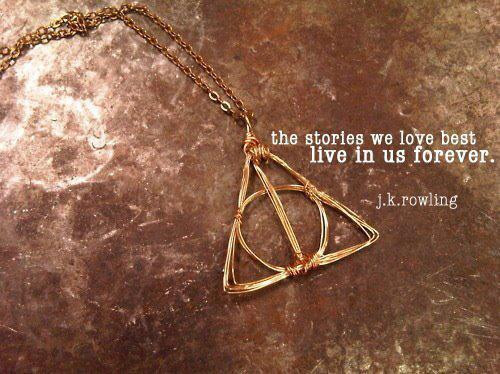Evocative Object Final Piece
I have been working on my final evocative object piece throughout the Expressive Arts and Culture Module, inspired by my favourite novel “Harry Potter and the Philosopher’s Stone”.
As I discussed in week one of this blog, reflecting on this book has sparked a number of emotions and memories, which I then used to create the final piece.


I was not sure of what direction I wanted to take this piece, so I initially beginning by focussing on my evocative writing. I have always enjoyed poetry, and so I decided to create a poem that would depict exactly what this book meant to me.
I then redrafted and edited the writing in order to cut it down to the required 62 words or less. I was slightly concerned that the feeling and voice of the poem may be lost during this process. Fortunately, I found that the emotions in the poem were acually enhanced, because every word was crucial and the meaning rang true.
“Magic begins with the turn of a page, a whole other word once you step on the train. Adventure in word, line, verse… Learning each charm, spell and curse. Year after year down familiar golden halls. Eager hands turn pages, small hands once now not so. Life’s an interesting read, each chapter brings change, but home on the paper always stays the same.”
I then began to think about interesting ways that I could display my written text. I eventually decided to arrange it in the shape of a lightning bolt, a symbol which is so associated with the Harry Potter franchise. I then decided that I wanted my piece to be similiar to that of a scrapbook and create numerous drawings surrounding the text. All of these drawings were inspired by various elements of the story.
I felt that this scrapbook concept was effective as scrapbooks are used as a way to preserve memories. This piece not only reminds me of the things I love about Harry Potter, but also of certain periods of my life, mainly from my childhood, and personal memories I have from reading the book. I completed the final piece on an A3 sheet of paper using simply pencils and pen, which creates a childlike quality to the drawings, which I think works effectively with my concept and the meaning behind the piece.



Finally, I decided to take my completed image and add a layer of sound in order to create a multi-sensory experience and to give the finished piece more impact. I selected “Hedwig’s Theme” which is the most iconic, and well known piece of music from the Harry Potter films.
This created a final piece that included poetry, the visual arts, and film music all inspired by a book. Which just goes to show how powerful stories can be as evocative objects.
https://youtu.be/oHO9YrgI6RM
Presentation
The link to my group presentation titled “Do the Expressive Arts Impact the Wellbeing of our Young people?” can be found below.
https://1drv.ms/p/s!AnV9-GkV1mTkgRzzqmmdpiZWLZy6











 According to Education Closet (2017), STEAM creates students who are willing to “take thoughtful risks, engage in experiential learning, persist in problem-solving, embrace collaboration, and work through the creative process” and describes these learners as the “innovators, educators, leaders, and learners of the 21st century”.
According to Education Closet (2017), STEAM creates students who are willing to “take thoughtful risks, engage in experiential learning, persist in problem-solving, embrace collaboration, and work through the creative process” and describes these learners as the “innovators, educators, leaders, and learners of the 21st century”.





